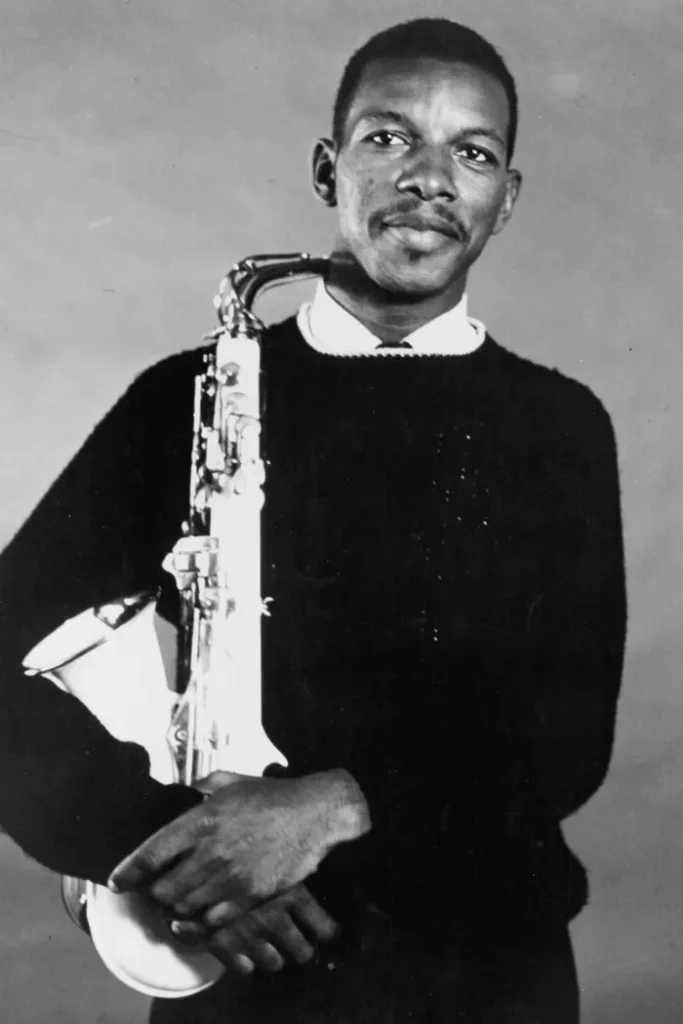Dive into the Power & Passion of ‘Tenor Madness
In the vast panorama of jazz, Sonny Rollins’ “Tenor…
Jazz, a musical form born from African American roots, has evolved dramatically since the 1950s, branching into numerous subgenres. Each subgenre builds upon the legacy of those that came before it, adding its unique flair and expanding the jazz universe.

Bebop emerged in the 1940s, characterized by fast tempos and intricate improvisation. Key musicians like Charlie Parker, Dizzy Gillespie, and Thelonious Monk pushed the boundaries of jazz, taking harmonic and melodic risks. Iconic albums such as Parker and Gillespie’s “Bird and Diz” and Monk’s “Brilliant Corners” epitomize bebop’s virtuosic style. Bebop’s impact on jazz cannot be understated, as it set the stage for future experimentation and complexity. Bebop solos, often unpredictable and lightning-fast, challenged musicians and listeners alike, leaving a lasting impression on the jazz landscape.
Cool Jazz arrived in the late 1940s and early 1950s as a response to bebop’s frenetic pace. Musicians like Miles Davis, Gerry Mulligan, and Chet Baker championed a more relaxed and melodic sound. Albums such as Davis’ “Birth of the Cool” and Mulligan’s collaboration with Baker, “Mulligan Meets Baker,” showcase cool jazz’s laid-back approach. The subgenre’s influence is felt in its soothing textures, which continue to resonate with jazz enthusiasts. Cool Jazz artists sought to create a more accessible and contemplative listening experience, showcasing their prowess through subtlety and nuance.
Hard Bop, born in the mid-1950s, blended bebop’s intricate improvisation with soulful, bluesy elements. Art Blakey, Horace Silver, and Sonny Rollins were among the subgenre’s leading figures. Albums like Blakey’s “Moanin'” and Lee Morgan‘s “The Sidewinder” exemplify hard bop’s rhythmic focus and rich melodies. The subgenre’s impact on jazz is still evident today in the way it bridged the gap between bebop and more accessible, groove-oriented styles. Hard bop’s earthy, gospel-infused sound gave jazz a new dimension, attracting listeners who craved a deeper emotional connection.

Modal Jazz emerged in the late 1950s as musicians like Miles Davis, John Coltrane, and Bill Evans sought new approaches to improvisation. By using scales or modes as the basis for their solos, these artists created a more open, spacious sound. Albums such as Davis’s “Kind of Blue” and Coltrane’s “A Love Supreme” showcase the transcendent nature of modal jazz, which allowed musicians greater freedom to explore their creativity. Modal Jazz’s impact on the jazz world lies in its emphasis on melody and its ability to evoke profound emotions, qualities that continue to inspire musicians today.

Avant-garde Jazz, also known as free jazz, emerged in the late 1950s and early 1960s as a radical departure from traditional jazz forms. Pioneers like Ornette Coleman, Cecil Taylor, and Eric Dolphy rejected conventional structures in favor of pure improvisation and experimentation. Albums like Coleman’s “The Shape of Jazz to Come” and Taylor’s “Unit Structures” demonstrate the boundless possibilities of avant-garde jazz. The subgenre’s impact on jazz lies in its relentless push for innovation and its refusal to be confined by any rules or boundaries.
Post-bop emerged in the mid-1960s as a response to the restrictions of hard bop and the free-form chaos of avant-garde jazz. Drawing from a wider array of influences, post-bop musicians crafted a more harmonically and rhythmically complex sound that often incorporated elements of classical music, world music, and the avant-garde. Key players in this movement included Miles Davis and his second great quintet, which featured innovative musicians like Wayne Shorter, Herbie Hancock, Ron Carter, and Tony Williams. Albums such as “Miles Smiles,” “ESP,” and “Nefertiti” exemplified the genre, pushing the boundaries of jazz composition and improvisation to new heights.
Funk Jazz, which emerged in the 1960s, fused the syncopated rhythms of funk with jazz improvisation. Notable musicians like Herbie Hancock, Ramsey Lewis, and The Crusaders led the way, creating a vibrant, danceable sound that resonated with audiences. Hancock’s “Head Hunters” and Lewis’s “Sun Goddess” are standout albums in the funk jazz genre, showcasing the musicians’ ability to blend infectious grooves with complex solos and arrangements. The impact of funk jazz can be seen in its widespread influence on contemporary jazz and popular music, as it introduced a fresh, energetic style that continues to captivate listeners.
Fusion Jazz, born in the late 1960s and 1970s, melded jazz with elements of rock, funk, and electronic music. Miles Davis’s groundbreaking album “In a Silent Way” marked the beginning of the fusion movement, and his second great quintet, featuring Herbie Hancock, Wayne Shorter, and others, paved the way for this new sound. Chick Corea‘s “Return to Forever,” and Shorter and Joe Zawinul’s band, Weather Report, are prime examples of fusion’s innovative spirit. Fusion’s impact on jazz was immense, opening new possibilities for experimentation and broadening the genre’s appeal to a wider audience.
Latin Jazz, which originated in the early 20th century, blends jazz with the rich rhythms and melodies of Latin American music. Pioneers like Dizzy Gillespie, Machito, and Chano Pozo helped introduce Afro-Cuban rhythms to jazz, paving the way for artists like Tito Puente, Cal Tjader, and Eddie Palmieri. Albums such as Puente’s “Dance Mania” and Palmieri’s “Azucar Pa’ Ti” showcase the infectious, danceable quality of Latin Jazz. Today, Latin Jazz continues to thrive, incorporating diverse influences from Brazilian, Puerto Rican, and other Latin American traditions.
In conclusion, jazz’s evolution from the 1950s to today has given rise to a plethora of subgenres, each with its own distinct sound and roster of talented musicians. Bebop, cool jazz, hard bop, modal jazz, avant-garde jazz, Post Bop, funk jazz, fusion, and Latin Jazz have all left indelible marks on the jazz world, inspiring countless artists and enriching the lives of listeners. By embracing innovation and drawing upon its rich history, jazz continues to push the boundaries of musical expression, proving itself a timeless and ever-evolving art form.